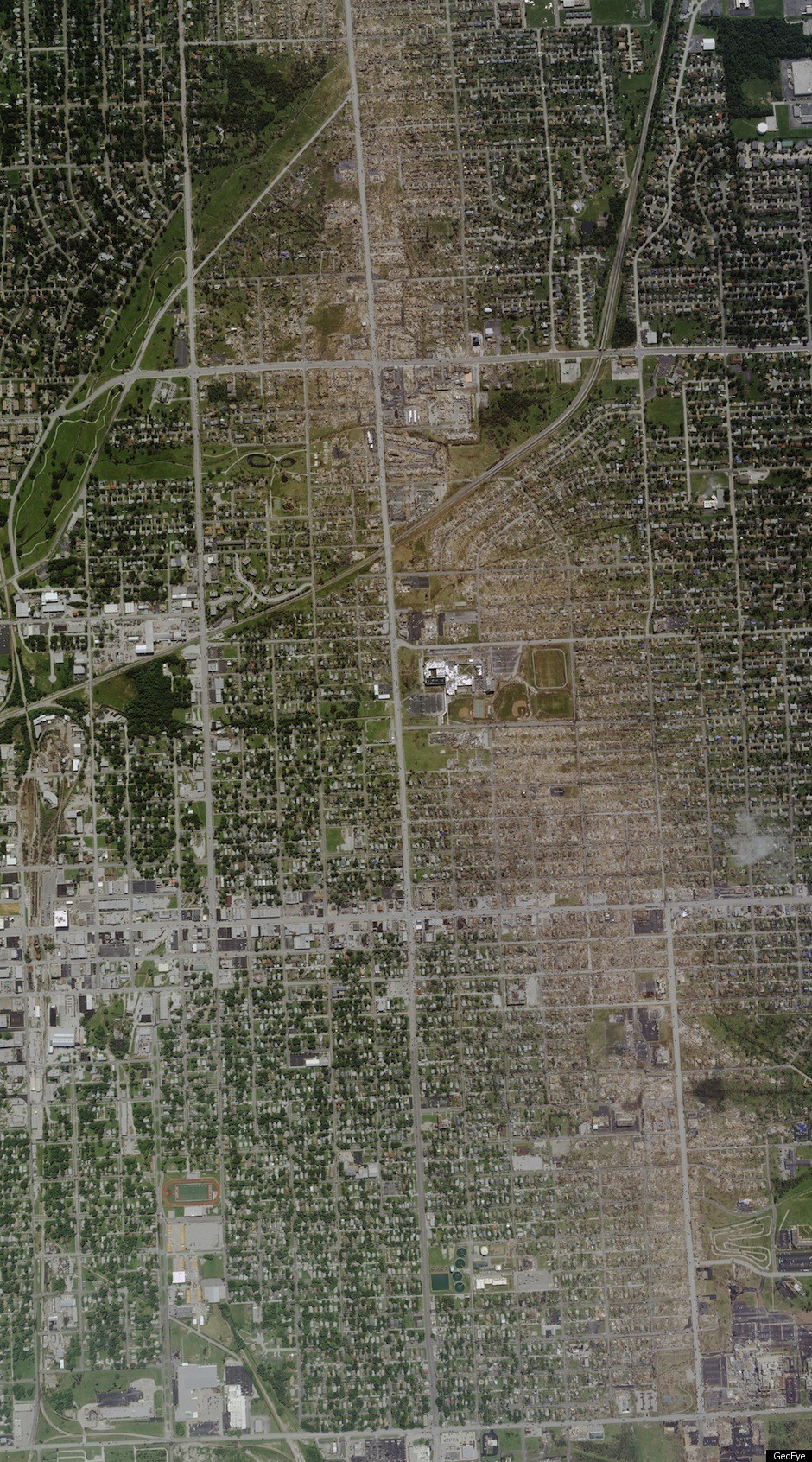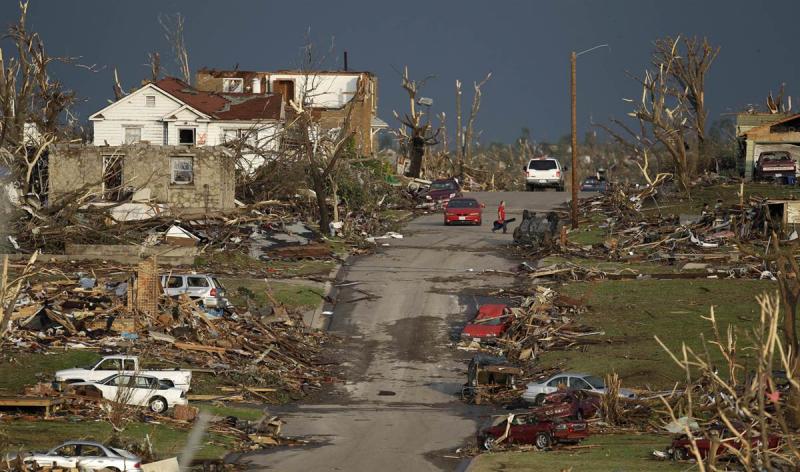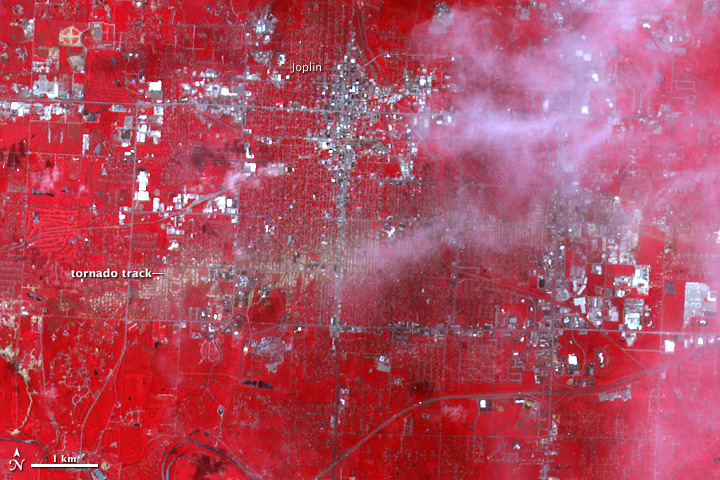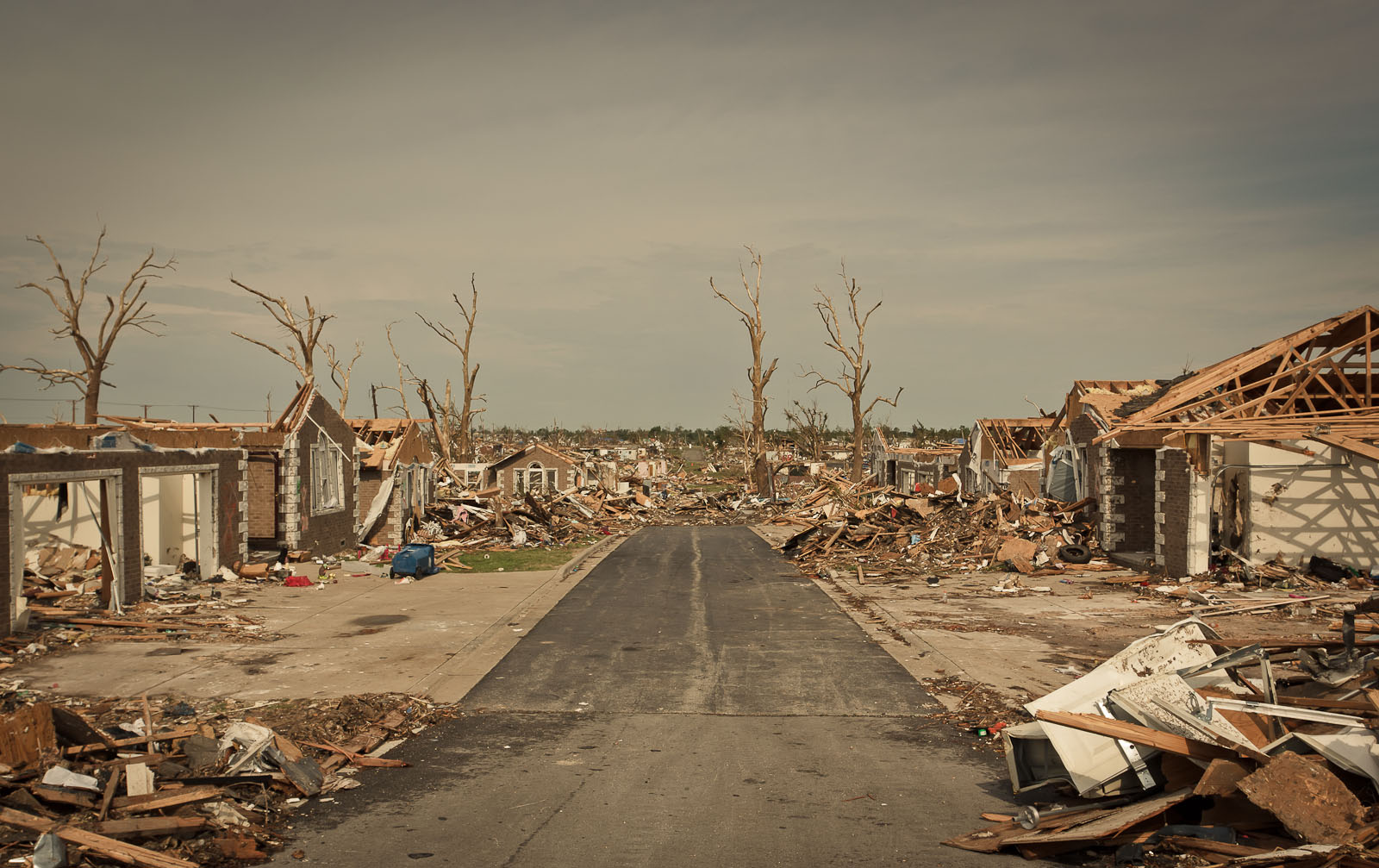
Whether we're driving, flying in an airplane, or simply living in Tornado Alley, there is always some risk involved in human activities, he pointed out.

So to make everyone build houses to stand up to that level would be a huge cost increase and we'd all be living in concrete bunkers," Reinhold said. And within that, the chance that the tornado will be F4 or F5 is even lower. "With tornadoes, because they're relatively small and don't cover very much ground, the chances that a particular building in Tornado Alley would be hit is 1 in 5,000 per year. "Building codes are required for a building that, in any given year, has a 1 in 500 to 1 in 1,000 chance of getting destroyed by an earthquake," he said. "In some areas of California, earthquakes happen tens or hundreds of years apart, and they affect a tremendous area with a lot of properties," Reinhold told Life's Little Mysteries."But for a tornado hitting a particular location in Tornado Alley, you're dealing with return periods of thousands of years."Įarthquake building codes, Reinhold explained, vary between regions, but at their most stringent, they only apply to areas with disaster return periods of 500 to 1,000 years. Although major tornadoes happen every year, the likelihood they'll happen twice in the same place is very low. While earthquake-proof building codes are becoming ever more stringent for structures built in the country's earthquake zones, why are there no tornado building codes in Tornado Alley?Īccording to Tim Reinhold, senior vice president for research and chief engineer at the Institute for Business and Home Safety (IBHS) in Tampa, Fla., it comes down to something called the "return period" - the interval between two disaster events in a given location. So far in 2011, the twister death toll has already topped 400.īy contrast, no one has died in an earthquake in the United States since 2003.


yesterday has exceeded that annual average on its own, having killed at least 89 people. The tornado that touched down in Joplin, Mo. They also disseminated information to healthcare facilities and neighboring states to foster early identification and treatment of patients exposed to fungal infections and directed equipment and supplies to reduce mosquito-borne diseases.Tornadoes kill an average of 80 people annually in the Midwest and South, and in some years, many more. The health department conducted door-to-door checks on residents and addressed medical needs, such as prioritizing ventilator-dependent patients for power restoration.ĭHSS assisted local public health authorities and environmental staff in childhood lead surveillance and prioritized lead contaminated property clean-up. PHEP-funded behavioral and mental health response plans directed mental health professionals to provide care at family assistance shelters. DHSS deployed the state’s Mobile Medical Unit, which established a 24-bed emergency room that treated 157 patients. The state also provided a variety of services that not only ensured health services were available, but that residents had access to them. Additionally, per the plan, providers had previously instructed dialysis patients to create an emergency three-day care plan, which they were instructed to implement following the 2011 tornado. This system enabled healthcare providers to continue to provide care when traditional systems were overwhelmed and ensured that responders were compensated in a timely manner. Local health departments leveraged existing partnerships with health departments in other states to provide mutual aid services, such as supplying and administering tetanus vaccinations to responders and residents, and notifying neighboring states of incoming evacuees from the Joplin area.īefore the tornado, Joplin health officials had developed a plan for simplifying healthcare delivery and reimbursement in emergency circumstances.

The Missouri Department of Health and Senior Services (DHSS) activated the PHEP-funded State Emergency Operations Center and Emergency Response Center to integrate public health into the emergency response and, in collaboration with its partners, lead and coordinate the public health and healthcare sectors.ĭHSS tracked 713 individuals who were injured during the tornado and evacuated them to 42 hospitals in four neighboring states. Two thousand buildings, including a major hospital, were damaged or destroyed. On May 22, 2011, an EF-5 tornado carved a four-mile path through Joplin, MO.


 0 kommentar(er)
0 kommentar(er)
